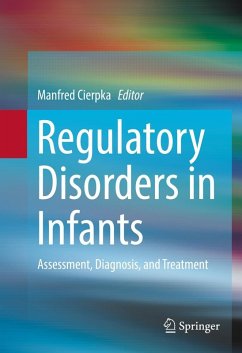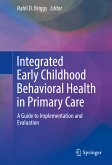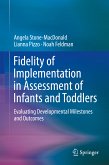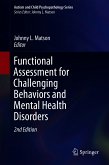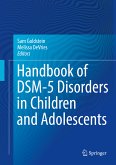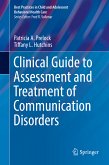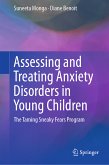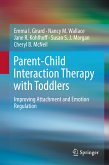This innovative book discusses current findings on regulatory disorders in infants and offers practical guidelines for diagnosis and intervention. Focusing on core infant and toddler concerns including crying, sleeping, feeding, clinginess, and aggression, it presents a developmental continuum from normal to disturbed behavior regulation and examines science-based strategies for halting this trajectory. Case examples and widely used tools illustrate diverse approaches to assessment and diagnosis, emphasizing nuances of parent-infant interactions and parents' reactions that may fail to answer, or may even exacerbate, the child's distress. And chapters outline counseling and therapy options for infants and parents, so that persistent problems do not become entrenched in children's future behavior or lead to long-term family dysfunction.
Among the topics covered:
. Approaches to diagnosing regulatory disorders in infants.
. Feeding disorders in infants and young children.
. Developmentally appropriate vs. persistent defiant and aggressive behavior.
. Treatment approaches for regulatory disorders.. Video and video feedback in counseling and therapy.
Regulatory Disorders in Infants is an essential resource for clinicians and practitioners as well as researchers and graduate students in clinical child and school psychology, pediatrics, social work, psychiatry, and family studies.
Dieser Download kann aus rechtlichen Gründen nur mit Rechnungsadresse in A, B, BG, CY, CZ, D, DK, EW, E, FIN, F, GR, HR, H, IRL, I, LT, L, LR, M, NL, PL, P, R, S, SLO, SK ausgeliefert werden.
"This book written for neonatologists, pediatricians and growth and development clinics reviews in 11 sections frequent developmental problems in early childhood and offers guidelines for diagnosis and treatment. It contains examples of patients and discusses parent-infant interactions. An interesting chapter reviews video feedback in counseling and therapy." (Pediatric Endocrinology Reviews (PER), Vol. 14 (4), June, 2017)
Es gelten unsere Allgemeinen Geschäftsbedingungen: www.buecher.de/agb
Impressum
www.buecher.de ist ein Internetauftritt der buecher.de internetstores GmbH
Geschäftsführung: Monica Sawhney | Roland Kölbl | Günter Hilger
Sitz der Gesellschaft: Batheyer Straße 115 - 117, 58099 Hagen
Postanschrift: Bürgermeister-Wegele-Str. 12, 86167 Augsburg
Amtsgericht Hagen HRB 13257
Steuernummer: 321/5800/1497
USt-IdNr: DE450055826

